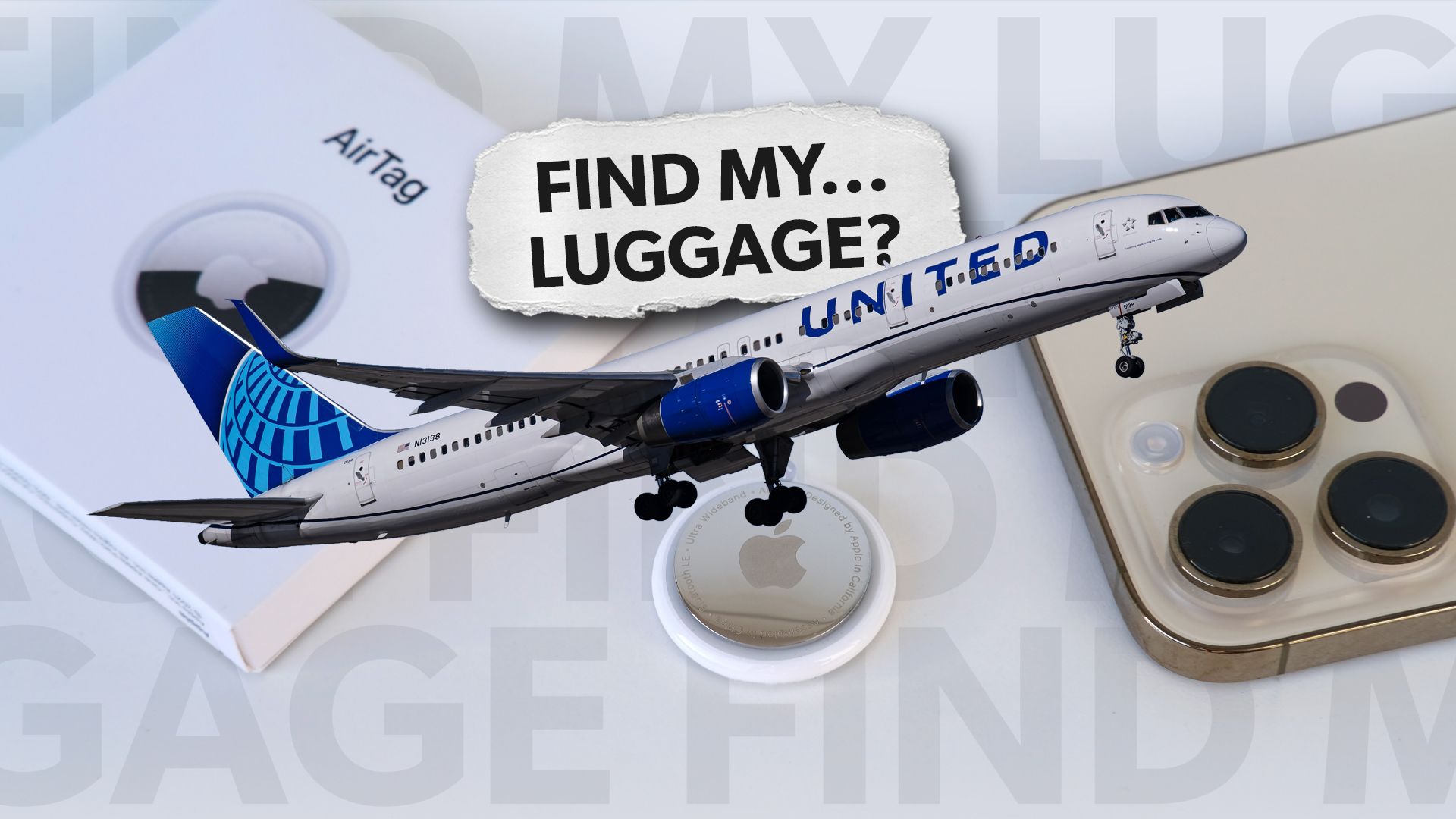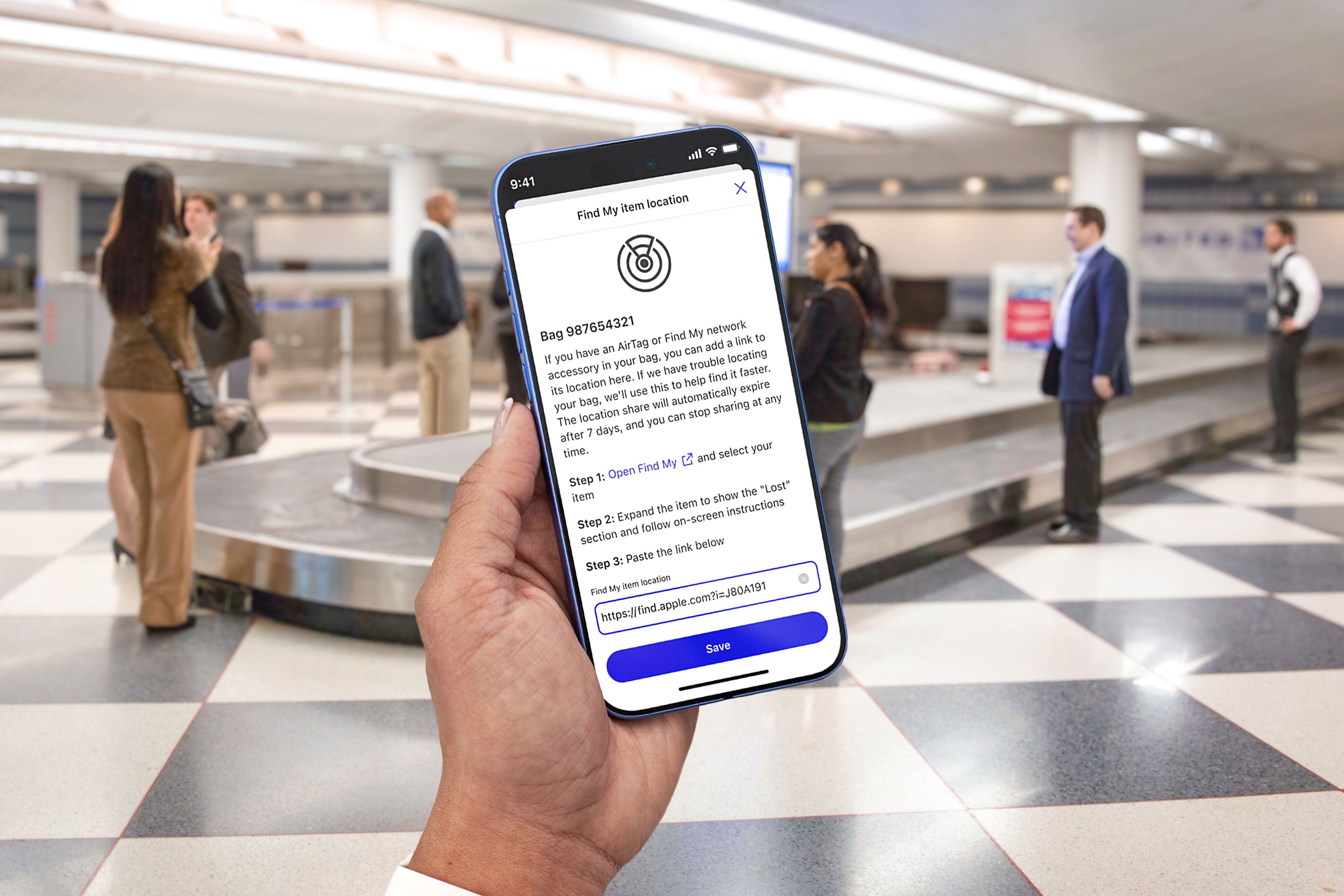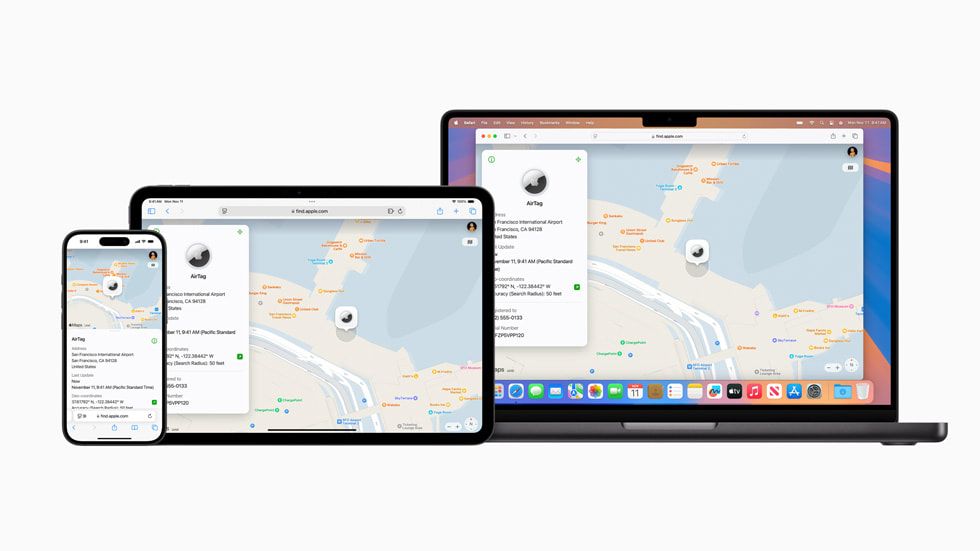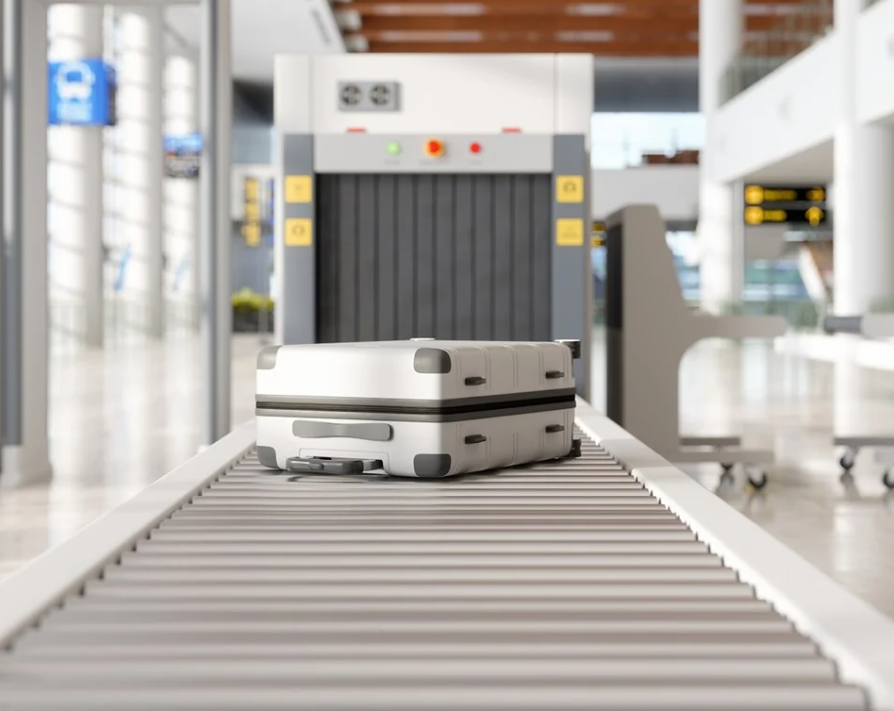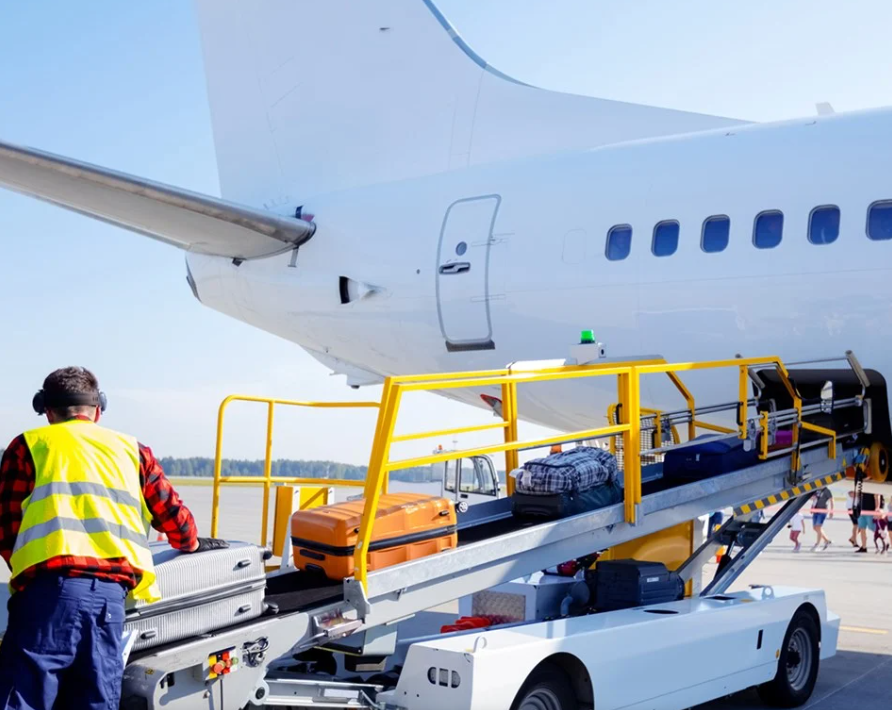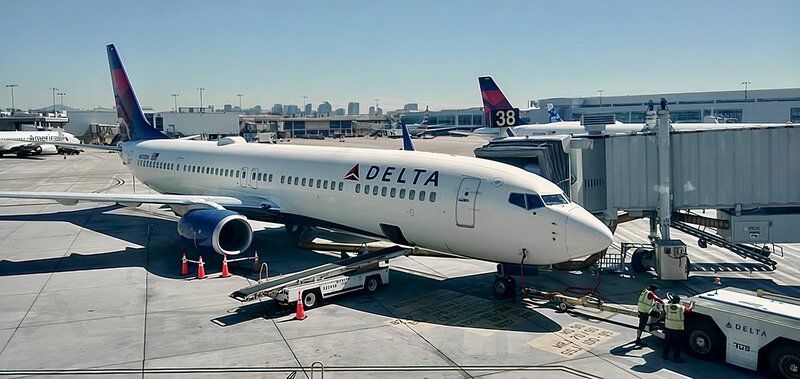Back in February 2023, we published an article on ![]() United Airlines
United Airlines
, ![]() Delta Air Lines
Delta Air Lines
, and ![]() American Airlines
American Airlines
. At the time, these three big US airlines had begun to integrate luggage tracking technology into their mobile apps, with Delta being the first to do so in 2011. However, things have progressed since then, as many more airlines are set to begin integrating the location tracking technology of the Apple AirTag
, as revealed in a statement covered in The Apple Post.
In this article, we will reveal the latest full list of airlines set to begin using app-integrated baggage-tracking services with Apple and discuss another upcoming baggage-tracking innovation, which may make lost luggage a thing of the past.
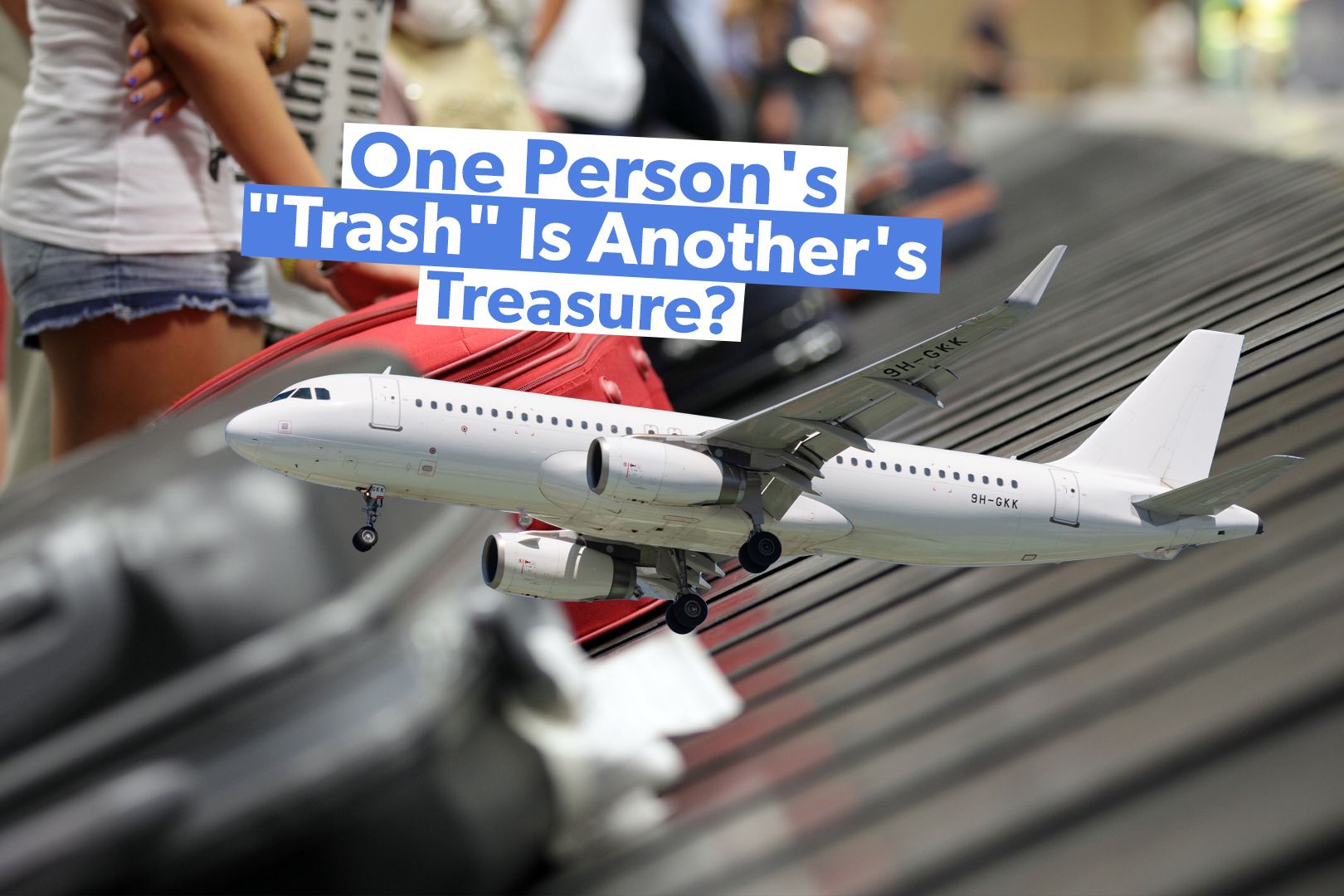
Related
Where Does Lost Luggage Go?
Over 7,000 items a day end up at Unclaimed Baggage in Scottsboro, Alabama.
How app-integrated baggage tracking works
Having an AirTag on checked baggage is a useful thing for tracking a bag’s location. By ‘talking to’ other Apple devices, and utilizing a mixture of Bluetooth and GPS, an AirTag can send data of its location back to its owner’s mobile device. For aviation customers, it can be an interesting thing to track their luggage as they fly, seeing if their bags catch the same flight as they do and arrive at their destination on-time.
For Delta, American Airlines, and United, this tracking capability was integrated into their dedicated airline apps. This is achieved by attaching a tracker to luggage at check-in. This tracker is matched with the customers’ boarding pass and that tracker’s data is sent to the appropriate mobile device via the app, with helpful notifications being provided when the bag reaches important milestones on its journey. This way, the customer knows in real time where exactly a particular checked bag is.
Photo: United Airlines
Airline apps are becoming a lot more useful
United revealed a change that will make this process even more convenient in a statement in December last year, and it started with Apple’s new ‘Share Item Location’ feature for AirTag. This feature allows secure sharing of an AirTag’s location with another person nearby. United, along with Delta and American Airlines, have integrated this functionality into their customer apps.
What this change means is that the moment luggage deviates from where it should be at any given time, a customer can approach the airline staff, notify them that their luggage is missing, and share the location of their luggage with the airline’s representative, allowing the airline to find it and rectify the situation much more swiftly. Customers can also raise a delayed baggage report using the app itself, using information from other Apple services, such as AirTag and the ‘Find My’ app.
It might seem unorthodox, but it might be a good idea to track carry-on luggage via an AirTag or Tile tracker too, as things can easily be forgotten or misplaced when tired. See a list of 15 items to pack in carry-on luggage in this article.
The following is how United Airlines explained its process:
- In the event a bag doesn’t arrive at its final destination, customers can file a delayed baggage report in the United app, and those who travel with an AirTag or Find My network accessory can additionally now create a Share Item Location link in the Find My app on their iPhone, iPad, or Mac, and add that to the delayed baggage report in the United app.
- Once the report has been submitted, authorized United customer service agents will receive the Share Item Location link and be able to view the location of the item on an interactive map. The map will automatically update when a new location is available and show the timestamp of the most recent update.
- United will use the shared location to more quickly find delayed bags and reunite them with customers.
- For customers’ privacy and security, the shared location will be disabled as soon as a customer is reunited with their bag, can be stopped by the customer at any time, and will automatically expire after seven days.
The use of an interactive and live-updating map is particularly useful, allowing more accurate tracking by authorized customer service agents. Data security-conscious customers will also appreciate location data being disabled as soon as their bags are returned to them, and the automatic expiry of this information after a few days.
Photo: Apple Newsroom
18 airlines set to start using app-integrated luggage tracking
In the initial Apple Newsroom statement announcing the location-sharing capability coming to airlines, there is an updated list of airlines that have partnered with Apple, integrating AirTag tracking into their customer service process for locating mishandled or delayed bags, and six names were recently added to the list. Android devices will also be able to help locate missing bags, thanks to Apple’s link-based sharing. The following is the list as of December 2024:
- Aer Lingus.
- Air Canada.
- Air New Zealand
- Austrian Airlines.
- British Airways.
- Brussels Airlines.
- Delta Air Lines.
- Eurowings.
- Iberia.
- KLM Royal Dutch Airlines.
- Lufthansa.
- Qantas.
- Singapore Airlines.
- Swiss International Air Lines.
- Turkish Airlines.
- United.
- Virgin Atlantic.
- Vueling.
Did you know that Simple Flying made a short video about this? Check it out here!
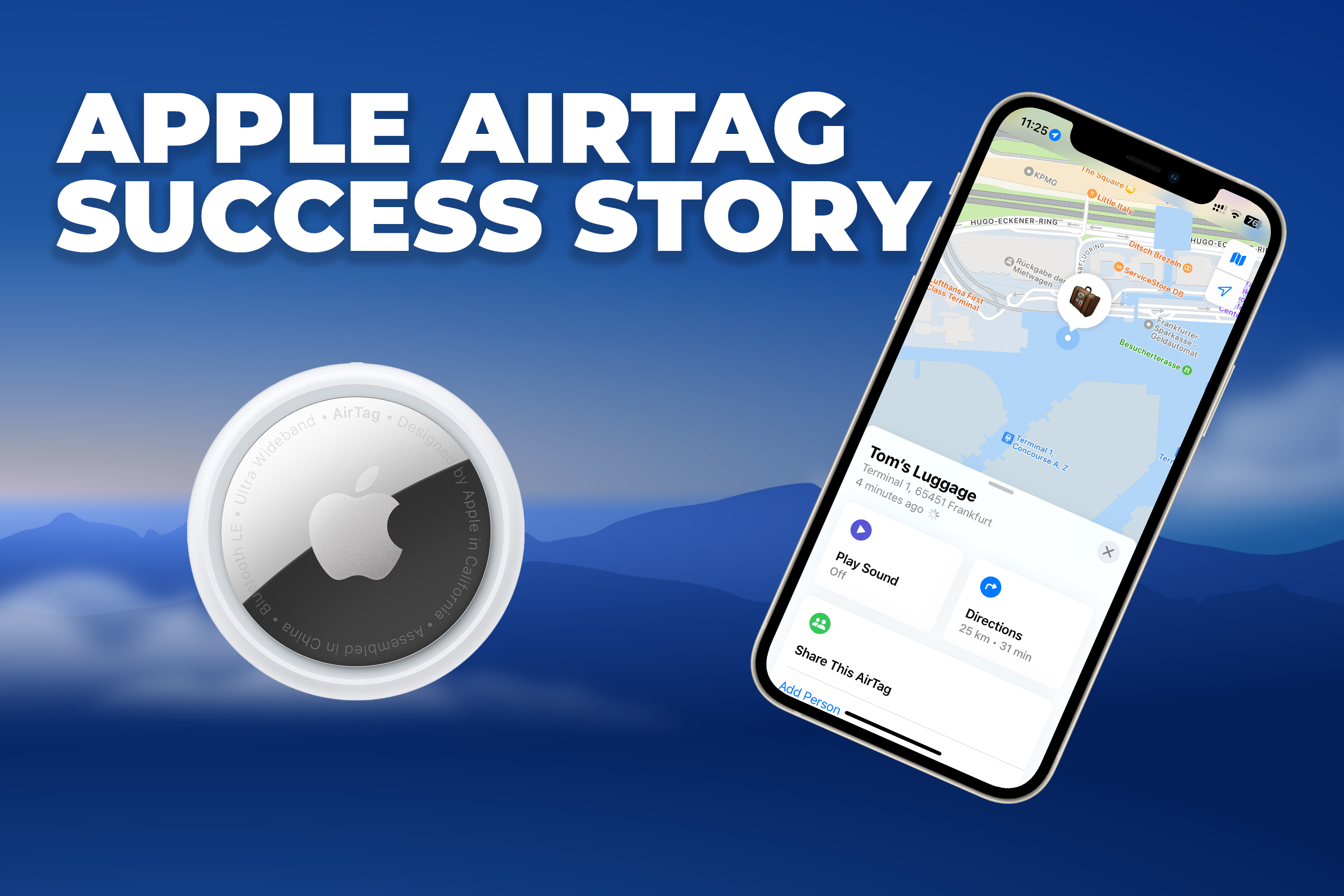
Related
Why I Won’t Travel Without An AirTag In My Bag Again
Who knows when I would’ve got the bag back otherwise?
With so many airlines starting to use AirTag tracking in their lost luggage procedures, it will become much easier to track down mishandled luggage in the near future. In the statement, David Kinzelman, the Chief Customer Officer for United Airlines, said that the carrier will be working closely with Apple to incorporate Share Item Location into our baggage recovery process, making the feature available to all customers. He continued with the following:
“We know many of our customers are already traveling with AirTag in their checked bags, and this feature will soon make it easier for them to share location information with us safely and securely, helping our customer service agents work more efficiently and giving our customers added peace of mind. We plan to accept Find My item locations in select airports initially, with the goal of introducing the service system-wide in early 2025.”
With that short of a timeline for these changes, commercial aviation customers with United will be able to track their luggage using this feature any day now, making the United app well worth downloading before a flight with the airline.
Photo: SITA
With 18 airlines already onboard, could it soon become 500?
According to an article by CNET, Apple has created a partnership with a company called SITA in its recent moves in the luggage-tracking field. SITA offers a product called WorldTracer, which is currently used by 500 airlines across the world as a full-service luggage-tracking service. WorldTracer includes a suite of smart baggage handling solutions, as described below, and expanded upon on its website:
- Integrated biometrics and RFID tagging.
- Auto-notification to keep passengers informed.
- Self-service tracking and reporting for passengers.
- Automated bag re-delivery for couriers, airlines and baggage handlers.
- Lost and Found – helping airlines reunite passengers with lost items.
- A global database of mishandled bags to reduce fraud.
The long and short of it is that WorldTracer allows airlines to automatically send luggage information to each other, rerouting misplaced luggage to its proper destination without human input. If Apple integrates its AirTags with SITA’s luggage tracking service, 500 airlines and ground handlers at more than 2,800 airports worldwide could soon be using them to track luggage in real time.
This very well may be the end of luggage mistakenly being sent to far-flung corners of the world, as all misplaced checked baggage carried by these airlines will be automatically and swiftly rerouted before they get too far off course.
Photo: SITA
Could we see a boom in air travel soon?
In the very same CNET article, Nicole Hogg, SITA’s Director of Baggage, was quoted as being very optimistic about the future of air travel. She said the following:
“With global passenger traffic set to double by 2040, airports and airlines worldwide will face important challenges,” [Share Item Location links will be of] “huge benefit to customers,”
SITA’s website hammers this point home, and points out that 10 million more bags were mishandled in 2023 than in 2007. Comparing the number of aviation passengers, there were around 2.5 billion in 2007, and around a billion more in 2023.
Argo Aviation, a recruiter for the aviation industry, corroborates this opinion, with analysis that suggests 5.2 billion passengers will be flying in 2025. Additionally, PWC, a professional services agency that offers audit, tax and advisory services did an analysis of how the aviation industry will fare in 2025. According to a summary of these findings, it made the following predictions for the year in its January statement:
- Aircraft deliveries will increase significantly in 2025 with the largest rebound coming from Boeing, despite its challenges.
- Firm orders by the airlines will not exceed 2024 levels, constrained by supply chain issues.
- Embraer will announce new cooperation agreements to expand its network of suppliers and services in at least one emerging market.
- Trading activity for the global aviation industry will return to pre-COVID levels and Asset-Backed Security (ABS) transactions will pass $6bn.
- More airlines will reduce or reroute flights to avoid Russian airspace, putting passenger and crew safety before profit.
- Chinese state-owned plane maker, COMAC, maker of C919 jets, will make its first C919 sale to a foreign airline in Asia.
- Boeing will spin off more service-related businesses.
- At least one more electric vertical take-off and landing (e-VTOL) developer will enter restructuring or bankruptcy in 2025. It is widely acknowledged that 2025 will be a ‘make or break’ time for many with aspirational Advanced Air Mobility (AAM) intentions.
Despite some difficulties, there may be something to passenger numbers rising in 2025 if these predictions are accurate. Perhaps the aviation industry will finally start to recover from COVID-19’s impact, returning to more normal numbers. For investors in the aviation industry, this may be good news indeed.

